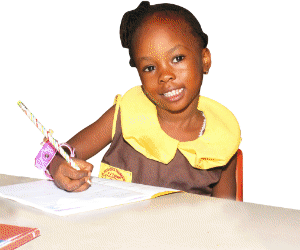By Saio Marrah
A report by the World Health Organisation (WHO) states that out of a total of 627,000 deaths caused by malaria worldwide in 2020, Sub Saharan Africa countries accounted for 96 percent.
It noted 80 percent of the deaths in the region were those of children under the age of five.
Total malaria cases rose from 227 million in 2019 to 241 million in 2020, of which Sub Saharan Countries had 95 percent, representing about 14 million more cases in 2020 compared to 2019, and 69, 000 more deaths.
The published statistics from the Geneva Switzerland headquarters of WHO stated the new cause of death methodology was applied to 32 countries in Sub Saharan Africa that shoulder about 93 percent of all malaria deaths globally.
The methodology revealed malaria has taken a considerably higher toll on African Children every year since 2000 than previously thought.
Four African countries, namely Nigeria with 31.9 percent, the Democratic Republic of the Congo 13. 2 percent, Tanzania 4.1 percent and Mozambique 3.8 percent, collectively accounted for over half of the malarial deaths worldwide.
Approximately two-thirds of these additional deaths numbering 47, 000 were linked to disruptions in the provision of malaria prevention, diagnosis and treatment during the COVID 19pandemic.
This increase was linked to the COVID-19 outbreak.
“The WHO African Region saw a 12% increase in malaria deaths in 2020 over the previous year, highlighting the consequences of even moderate service disruptions in a population at risk of malaria. While African countries rallied to the challenge and averted the worst predictions of fallout from COVID-19, the pandemic’s knock-on effect still translates to thousands of lives lost to malaria,” said Dr Matshidiso Moeti, WHO Regional Director for Africa.
He therefore advised that: “African governments and their partners need to intensify their efforts so that we do not lose even more ground to this preventable disease,”
National Malaria Programmes distributed about 48 million fewer courses of treatment in 2020 compared to the previous year. Of the world's 11 highest-burden countries, only India registered progress against malaria. The 10 other countries, all in Africa, reported increases in cases and deaths.
The Report also noted that progress towards the 2020 milestones of the WHO global malaria strategy was substantially off track. In 2020, the global malaria case incidence rate was 59 cases per 1000 people at risk against a target of 35 putting it off track by 40%. The global mortality rate was 15.3 deaths per 100 000 people at risk against a target of 8.9 putting it off track by 44%.
It stated that reaching the 2030 goals of the WHO malaria strategy, including a 90% reduction in global malaria incidence and mortality rates by 2030, will require new approaches, new tools and the better implementation of existing ones.
Meeting global targets will also require robust funding. According to the report, current funding levels estimated at 3.3 billion dollars in 2020 will need to more than triple, reaching 10.3 billion dollars per year by 2030.
Copyright © 2021 Politico Online








